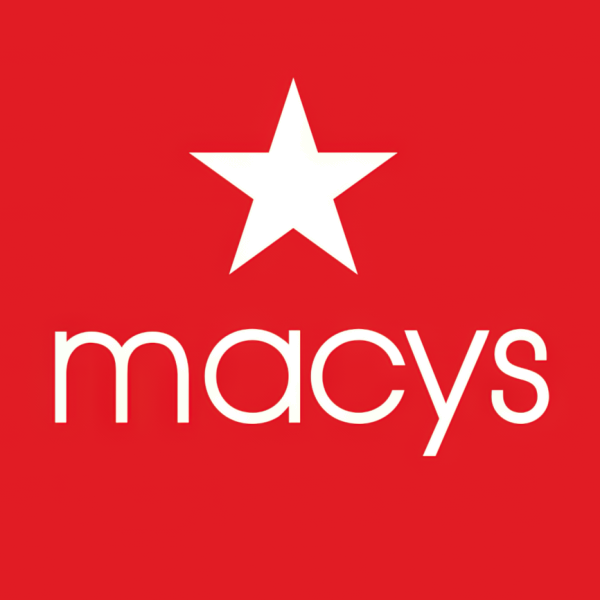Bussiness
My husband and I eliminated clutter and $32,000 in credit card debt by turning it into a game
- In 2018, my husband and I had nearly 5 times more credit card debt than the average US household.
- So, in early 2019, we made a resolution to follow one simple rule. We called it Consumption.
- By spring 2019, we’d paid off our smallest revolving balance credit card and were debt-free by 2021.
Every Sunday night I opened my purse and piled up the weekend’s bounty of receipts. This would typically trigger a piercing pain in my neck and shoulders and I’d start to feel hot. I was clearly stressed and for good reason.
It was 2018, and I was in my late 20s, married, a mother of three, and swimming in $32,000 of credit card debt — the average American household at that time had about $6,832.
Our spending, of course, added to the debt, but the interest was making it climb higher every month. We had no clue how to tackle this monster, and I couldn’t stop spending.
How we got into so much debt
In the darkest of hours, I was dipping into future salaries. I’d promise myself that the check I’d receive in eight weeks would pay off that current weekend’s haul.
I’d send huge lump sum credit card payments, only to turn around and swipe for groceries.
Groceries and household necessities like toilet paper, laundry detergent, and cleaning supplies made up the bulk of our joint spending, but then there were the others: sushi dinners, designer bags, and high-end makeup.
My husband and I grew up in lower middle-class homes. Necessities were provided, but luxuries were rare. We were approved for our first credit cards during the era of the YouTube haul and social media rise with little to no financial literacy, and our debt showed it.
I knew an income increase wouldn’t solve our problems. My husband was already working two jobs. I worked full-time. His salary went to student loans. Mine went to daycare costs.
We had to change our habits. Decreasing our spending was the only way forward.
We eliminated our debt by turning it into a game
In 2019, Marie Kondo‘s Netflix Series, “Tidying Up with Marie Kondo,” had everyone sifting through their belongings, keeping the joy sparking items and ridding of the rest.
Our New Year’s resolution that year was to do both. We’d minimize our belongings and decrease our spending. We made a game of it that we called Consumption.
Consumption was simple: My husband and I vowed to not buy an item until we consumed the stock we had. With that one, simple rule, we would reduce our spending and clear the clutter simultaneously.
That new limited edition lotion? Use the Jergens in the toiletries closet. A new must-have foundation release? Finish the five in the vanity. The recipe calls for cinnamon sugar? Mix the cinnamon and sugar in the baking cabinet.
Things I couldn’t consume, like the clothes I’d “one day fit into,” I sold on Facebook Marketplace and sent the proceeds to debt. And things we wouldn’t consume, like gifts with purchase, we donated to shelters.
As the year progressed, the thrill of an online purchase was replaced with the thrill of a used item or extra online payment.
“CONSUMPTION,” I recall screaming as I ran to my husband proclaiming victory after finishing a facial moisturizer, going as far as cutting the tube and squeezing out the very last drop.
Social media became my accountability partner. I updated my Instagram, following mostly family and friends and unfollowing spend-triggering influencers and YouTubers. I started sharing each emptied product and skipped sales on stories.
Before Consumption, our income was about $4,000 a month, and we were spending half of it on frivolous stuff. Our simple game helped us see we could afford to send an extra $100 a month to our credit cards to pay down the debt.
We tackled our debt with the snowball effect
We had paid off our smallest revolving balance credit card by spring 2019.
After that, we tackled the larger balances via a method called the snowball effect, which I learned about in Dave Ramsey’s “The 7 Baby Steps to Debt Freedom.”
By 2021, we were debt-free and continue to live debt-free today.
We no longer run around screaming “Consumption!” but the values that game taught will last a lifetime.
For example, I graduated college in 2022 with $0 in student loans because I’d already paid the $28,000 in tuition fees in cash, grants, and scholarships.
We have an emergency fund, brokerage account, high-yield savings accounts, and retirement accounts.
My husband contributes 16% of his income to his 401k. We put away 20% of our net income to savings each month. And our mortgage is on track to be paid off 20 years early.
Our home is no longer overflowing with useless stuff. My headspace is much clearer. We’re even better neighbors and happier parents. And that burning pain I used to get every Sunday is long gone.









